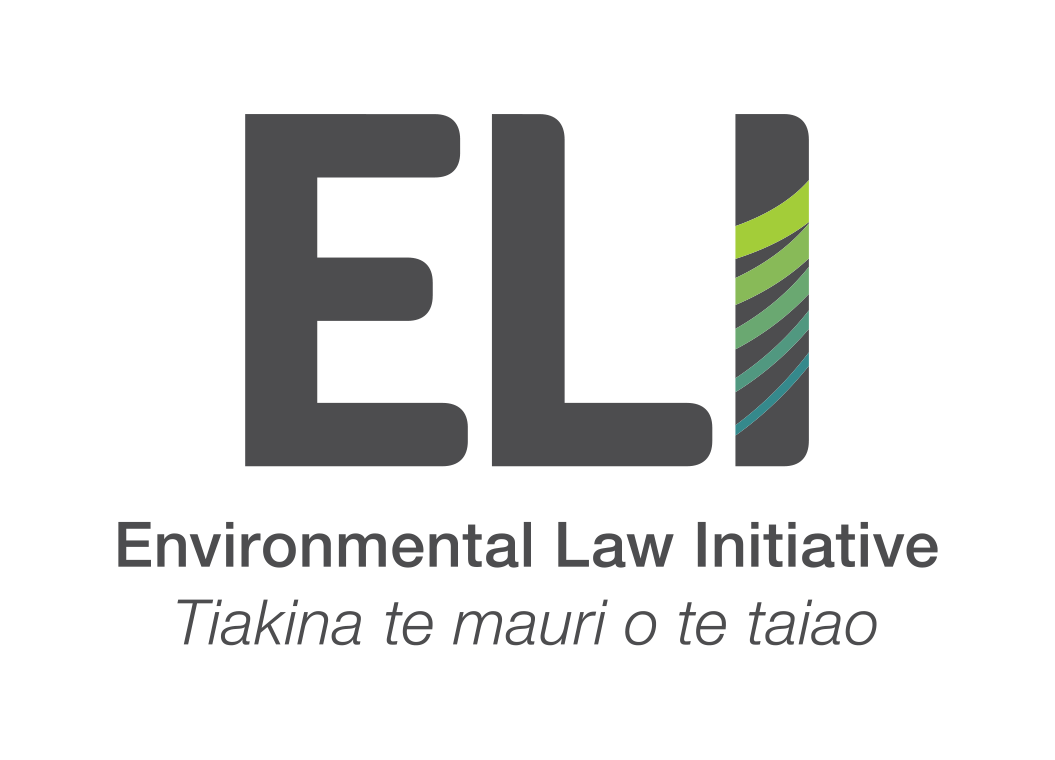Protecting orange roughy from bottom trawling and over-fishing
ELI v Minister for Oceans and Fisheries
We’re taking the Minister to court for overfishing orange roughy.
Orange roughy are one of the longest-lived fish in the world and they’re in trouble, particularly in the fishing zone known as ORH3B, the largest quota management area for orange roughy in Aotearoa. We know stocks are declining, we don’t know how many are left.
In 2023 the Minister reduced the total allowable catch for ORH3B by 40%.
While we support a reduction, we believe the Minister’s decision failed to take an ecosystem-based approach to managing the fishery, as required by the Fisheries Act. This is particularly concerning as orange roughy are fished by bottom trawling - a destructive fishing method which destroys the marine habitat and impacts on the long-term sustainability of the fishery as a whole.
In our view, the Minister’s decision failed to:
take into account the best available information
consider the impact of destructive bottom trawling on the wider ecosystem
protect habitats of significance (such as seamounts)
consider how the adverse effects of bottom trawling can be avoided, remedied or mitigated.
We have filed for a judicial review of the Minister’s decision.
Our key concern is that the Minister and Fisheries New Zealand continues to ignore key parts of the law which demand a more ecosystem-based approach to fisheries management.
Our vision is for lawful, evidence-based decision making.
Why did we take this case?
Orange roughy are one of the longest-lived fish in the world.
In 2015, an orange roughy was caught off the coast of Wellington by a deep-sea trawler. By counting the rings inside its inner ear, this fish was estimated to be between 230 and 245 years old. It had been swimming around the deep ocean since Europeans first set foot on Aotearoa.
This is a remarkable fish, but in the context of commercial fishing, that extraordinary lifespan makes orange roughy populations vulnerable to over-exploitation. They are slow to mature, so they are often caught before they have a chance to reproduce. Overfishing led to plummeting populations and fishery closures in the 1990s.
Today, the status of orange roughy stocks remains highly precarious, including in ORH3B, the largest quota management area for orange roughy.
We want the Minister to make decisions in accordance with the law which requires a more ecosystem-based approach to fisheries management. We also want the Minister to take into account the impacts of bottom trawling on the orange roughy population, ecosystem and protected habitats of significance so we can ensure the health of this ecosystem for future generations of these centenarian fish.
A note on bottom trawling
Orange roughy are fished by bottom trawling, where a net is dragged along the ocean floor. Aotearoa is the only country in the South Pacific that still allows bottom trawling in the high seas. This fishing method destroys underwater features that are vital habitats for marine life, results in bycatch of vulnerable species like corals and sharks, and can release organic carbon stored in the sea-floor (contributing to climate change).
The “trawl footprint” measures how much of the ocean floor is trawled for fish. If fish populations aren’t doing well, the trawl footprint can increase, as more effort is needed to catch fewer fish. An increased trawl footprint can destroy or severely impact more of the seafloor and deep-sea features and animals.
Case timeline
July 2024: ELI filed for judicial review
July 2025: Hearing to be held in the Wellington High Court





